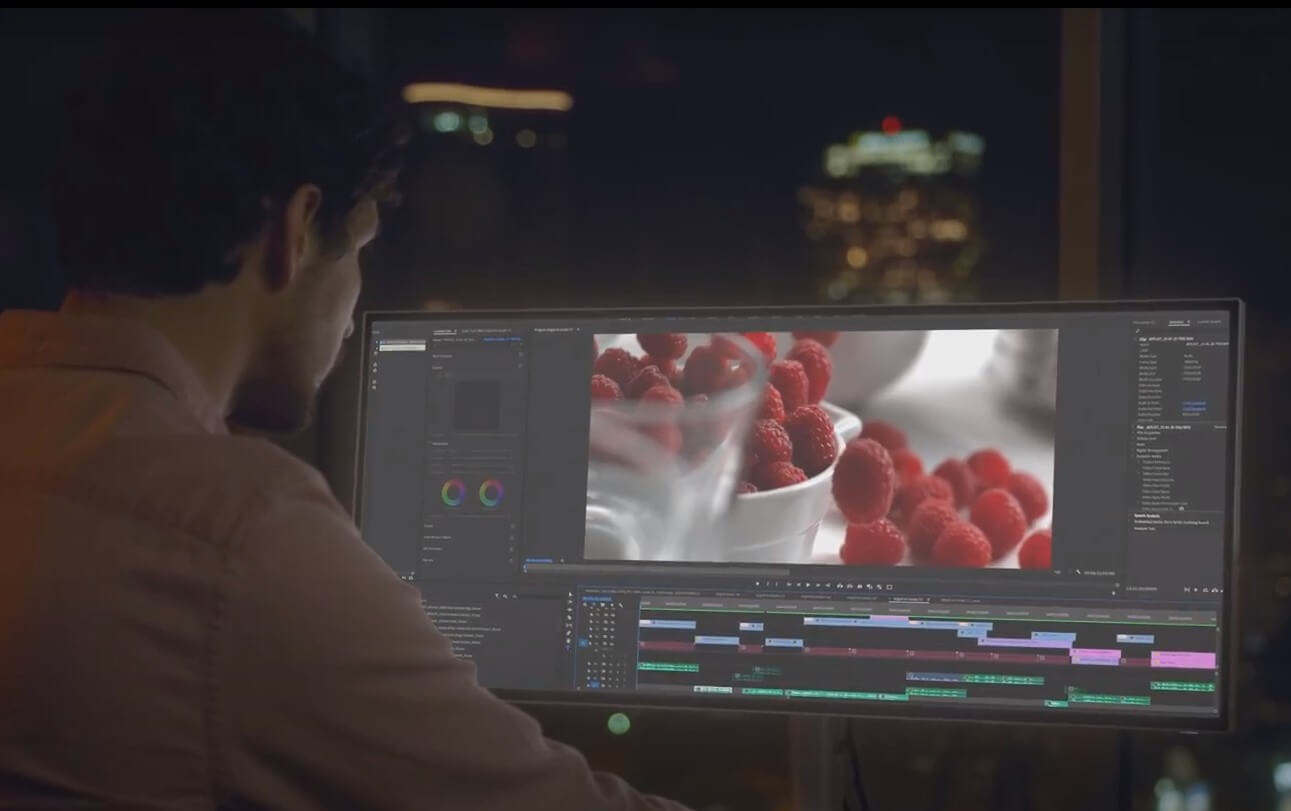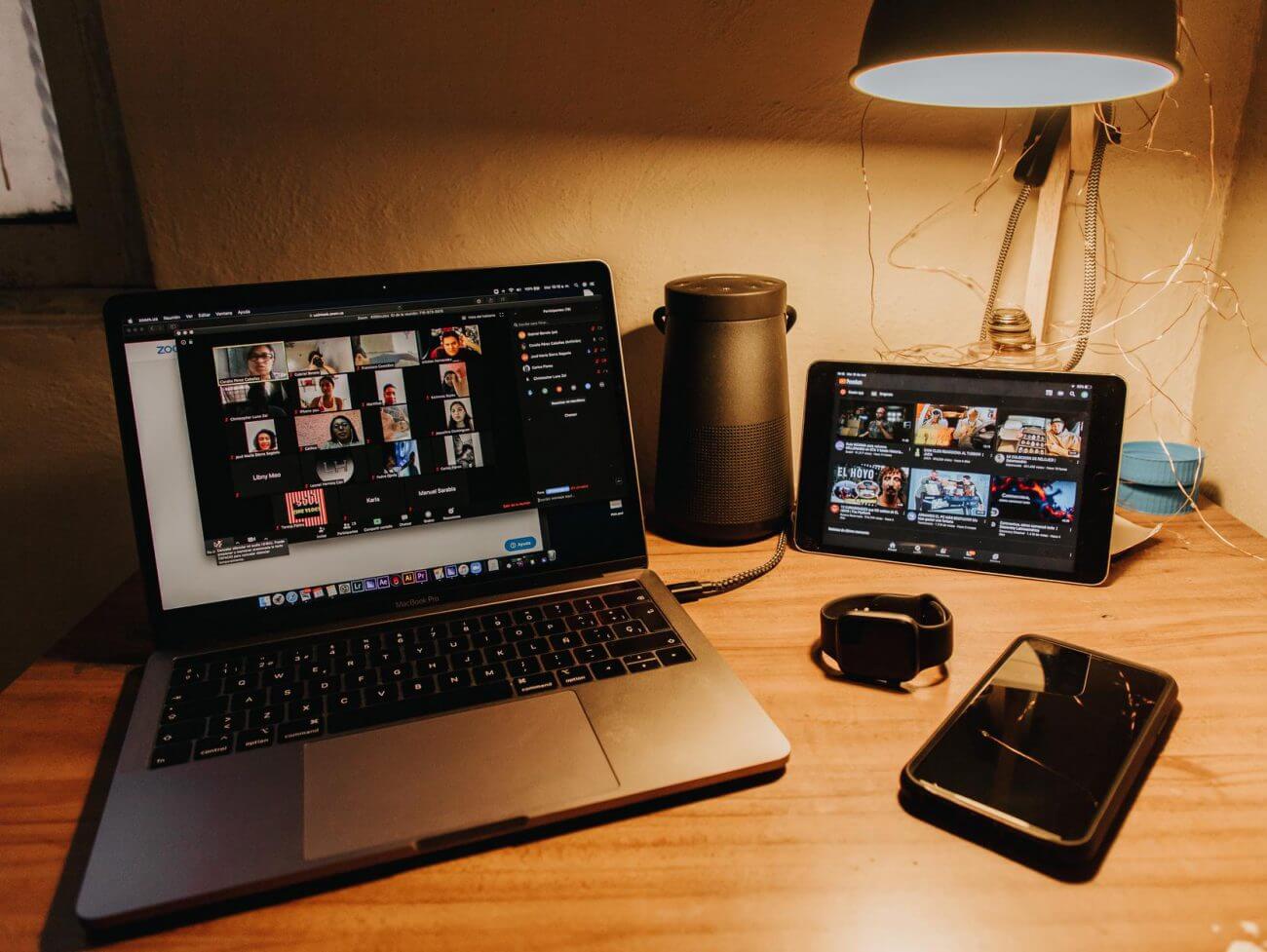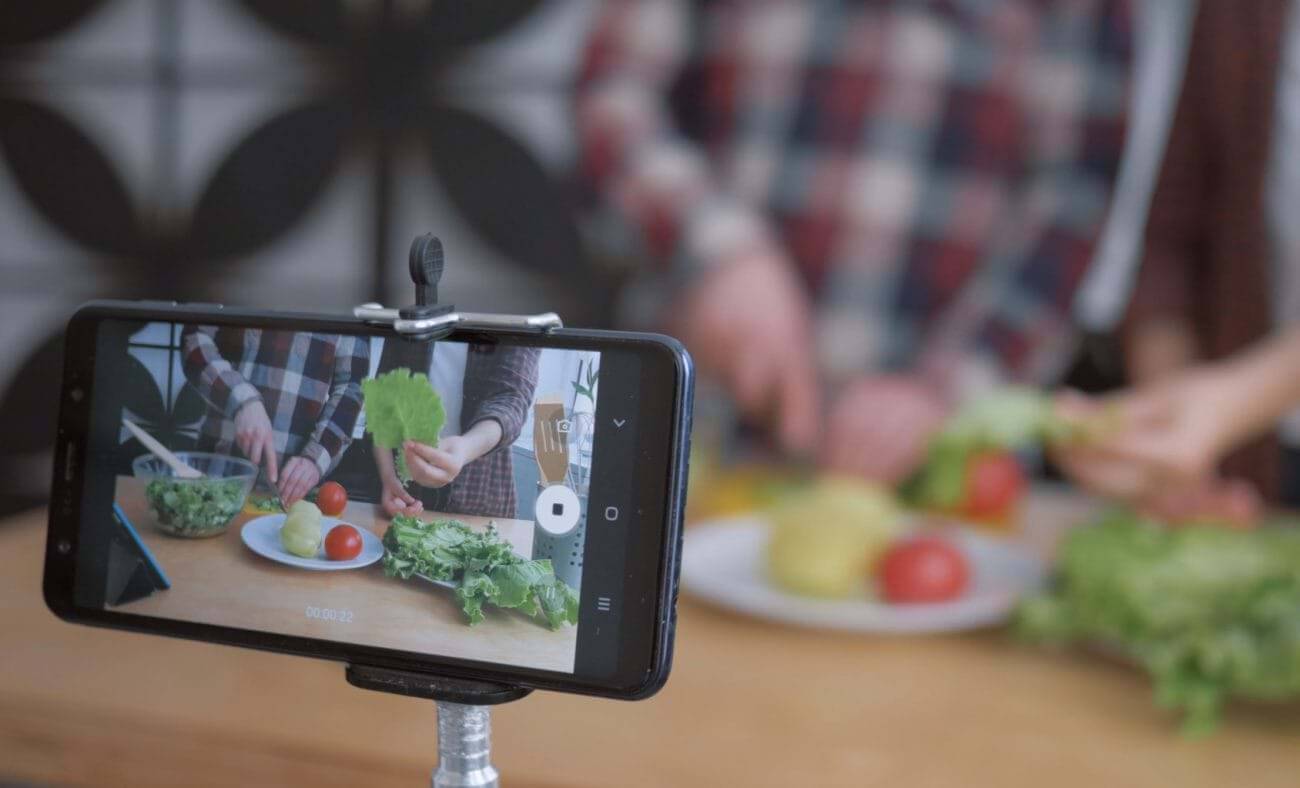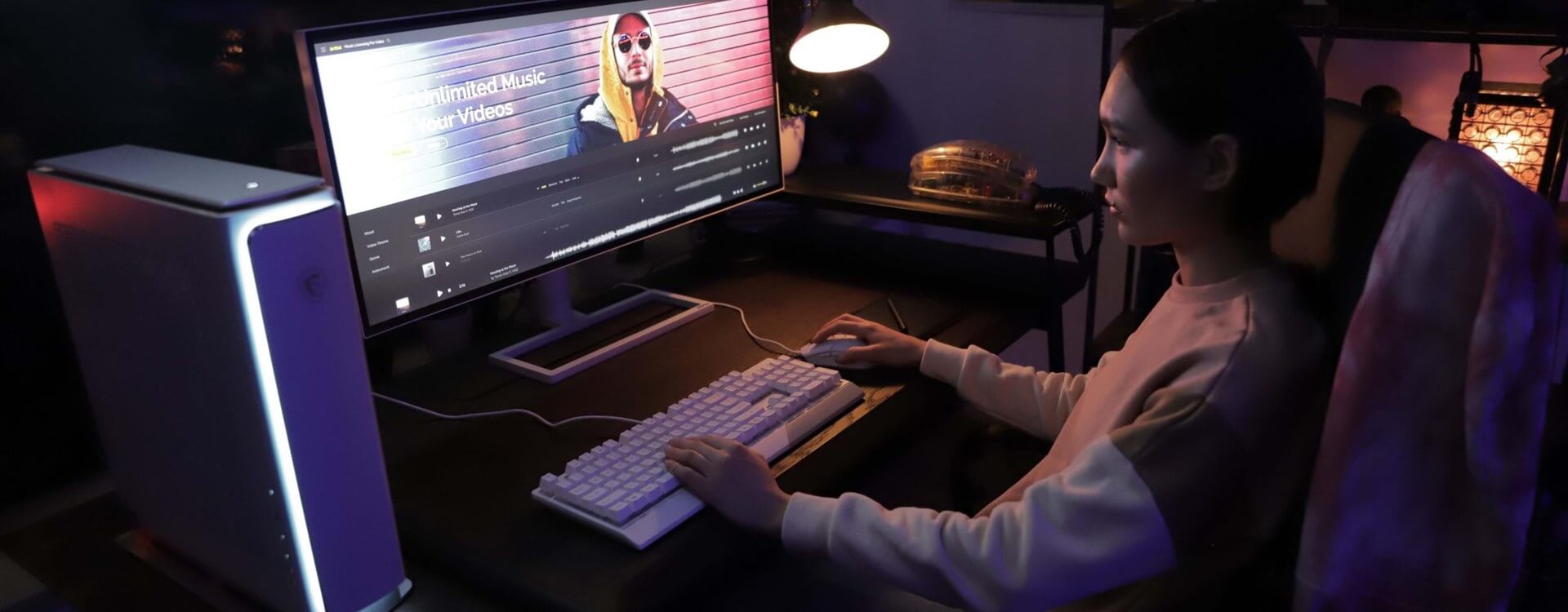Highlights
Table of Contents
Explore article topics
As the world continues to experience dramatic changes, creators have been letting these uncertain times inspire them to continue working from home and create inspiring content. After all, everyone knows that limitation is creativity’s best friend. When you know the rules and boundaries, you can let your imagination run wild. It was especially clear to us after watching all your amazing submissions to our Home B-Roll Challenge and realizing how passionate and resourceful creators are. We will announce the winners on April 23rd, so stay tuned.
To encourage this wave of creativity, we recently launched another competition – the Showreel contest. Send us your showreel until May 3rd at 6 PM (GMT+3) and you could win a lifetime subscription to Artlist, Spiffy Gear lights and more. We’ll announce the winners on May 7th.
Whether you have ideas waiting for you to start working on them, unfinished projects or you want to attract new business, here are a few suggestions that will help you keep creating without leaving your house:
Use stock footage
In a recent post, we suggested you upload your footage to a stock site to earn passive income, which could be a lifesaver these days. Using stock footage is an excellent and affordable tool you can use to create videos without leaving your home.

Stock video footage has always been a great tool for filmmakers to use in projects that are either missing some shots or are stuck in the planning stage. Now that shooting outside has become more difficult, its popularity has only increased.
Artlist presents its footage in the form of stories, meaning you have many different shots from the same production. You can use the footage on to create entire videos with a coherent story and cohesive style. It could also give you inspiration for your next project. Check it out here.
Try animation or VFX
While this might not be a solution for unfinished videos, translating your new video ideas and projects into animation could open up a new world of creative freedom. This will also enable you to tell your story while working from home without depending on the outside world.
There are various animation styles out there and a dedicated program for each. After Effects is a great tool both for motion graphics and for compositing. You can use it to create so many things, from basic titles to crazy video art, no matter your level of expertise. Blackmagic Design’s Fusion can also be a great option to check out for the more experienced, mainly for composting.
If you want to make your animation in 3D, remember the wise words of Axl Rose, ’…take it slow and things will be just fine. All we need is just a little patience.’ The dedicated 3D programs are more complex and require time to learn, but if like many creators, time is something you have to spare these days, you have three primary options: Maya and 3DS Max are both veteran animation programs, while Cinema 4D is getting more and more popular. Plus, if you have After Effects, you get the light version for free.
Another excellent tool for either animation, compositing or 3D is Blender. This open-source software is not only free, but it has a great community of creators and programmers who could help you with technical issues as well as creative ideas. Stop motion is another style of animation you could consider getting into, and Dragonframe would be the best program for that.
Stop motion is a cool technique that makes highly original and memorable videos. Shooting 25 frames per second will take time, but if this is the style you like, go for it. It could become a great source for new clients.
The web is full of animation software tutorials for every expertise level, like Greyscalegorilla and Andrey Lebrov, and now is the perfect opportunity to learn or improve your animation skills.
Remote collaboration
Filmmaking is a collaborative art. Even vloggers and YouTubers who look like they do everything by themselves, work with other people. Social distancing has made collaboration more difficult, but here are some online tools that could help you.

Photo by Gabriel Benois on Unsplash
Zoom has already become one of the hottest products since all hell broke loose. You can use it to hold video calls with multiple participants for brainstorming, planning or anything really. If you have Gmail, Google Hangouts is an excellent option for online communication. It doesn’t require opening a new account or installing anything.
Video calls are nice, but there are excellent tools that allow you to do more while working from home. Film.io and Wipster are remote collaboration platforms dedicated to video projects. You can share your work with others to get feedback, but also for coloring, sound design and more. Besides these two programs, you can use Adobe Premiere’s collaborative product called Team Projects.
Create a digital product
Experienced creators and influencers can think about creating and selling a digital product, like an online course or a digital asset. If you feel you have enough expertise in editing, color grading, lighting or gear, start planning and building an online course. You can either choose one area that you master, like this freelance colorist or collaborate (remotely, of course) with others to create a course that covers all parts of the filmmaking process, like these guys at Fulltime Filmmaker. Online training sessions are a great way to make your courses even more attractive since it reassures people that you are for real.
Here at Artlist, we’re putting together our own Daily Film School, offering short tutorials in different aspects of filmmaking. You will find anything from lighting tips to post-production techniques to DIY hacks, and it is completely free. Stay tuned…
Another option is creating digital assets. You can make LUT packs, sound packs (if you’re good with sound design), presets, anamorphic flares, light effects and more and then sell them online. For inspiration, check out Jakob Owens’ collection of digital assets.
Get unlimited royalty-free 4K footage
Useful apps
There are some tools you could use to help you build a project or organize your thoughts into visuals. Apps like Previs Pro and Cine Tracer help you create a visual storyboard of your project. You can reach a surprising level of detail with these, try out various lighting setups, different shots and set certain moods. You could also take advantage of this “break” to become more organized, by using an app like Shotlister, which allows you to schedule all the shots of your video on your phone, tablet or Mac.

You could make your phone a complete shooting and editing machine by installing Filmic Pro, an app that enhances your phone’s camera capabilities and an editing app like LumaFusion, which is surprisingly easy to work with on mobile. With these two apps, you’ll be able to shoot and make a solid cut with your phone and send it for finishing touches.
Shoot around the house
It’s time to go location scouting, quarantine style.
The Home B-roll Challenge proved that parts of your home could become great movie sets. Try experimenting with different lighting setups, crisp camera movements, or throw in touches of compositing or animation. You’ll be amazed by how many cool ideas for videos are hiding inside your house.
Hope you found some of these suggestions helpful in a practical or a psychological way, which will help you adapt to this new situation and keep working from home. They could soften the impact of the quarantine and give you an advantage in this ever-changing industry. Feel free to share with us how you’re staying creative in these challenging times.
Share this article
Did you find this article useful?
Related Posts
- By Jessica Peterson
- 6 MIN READ
- By Josh Edwards
- 7 MIN READ
Latest Posts
- 25 Apr
- By Josh Edwards
- 4 MIN READ
